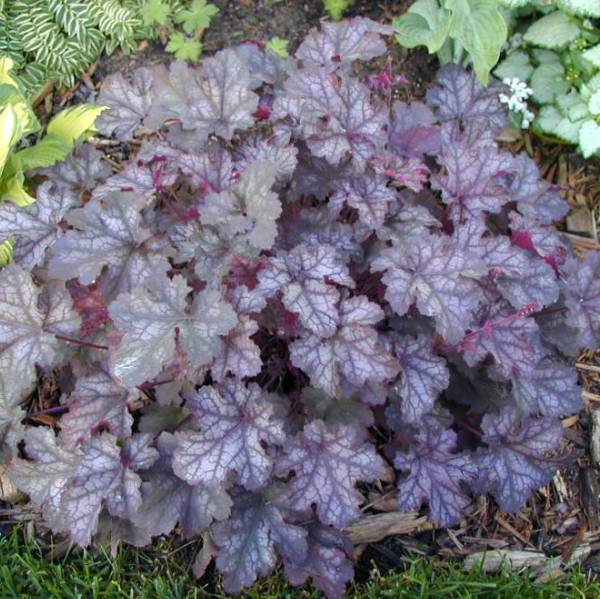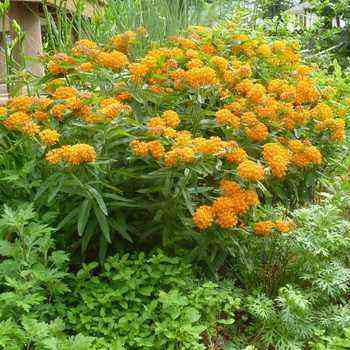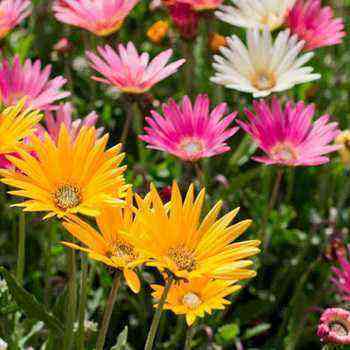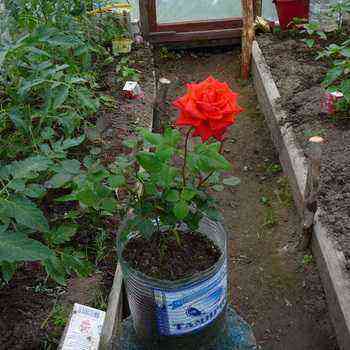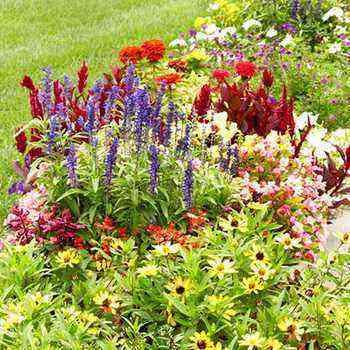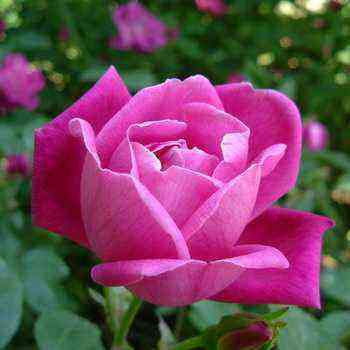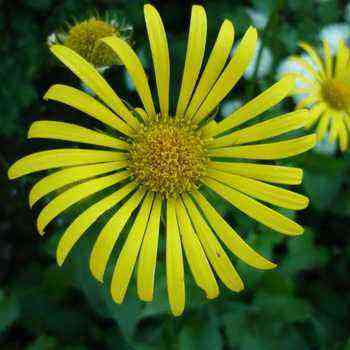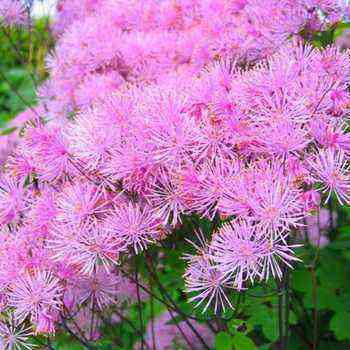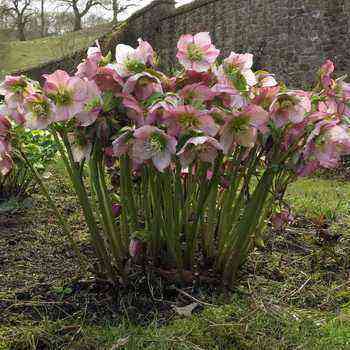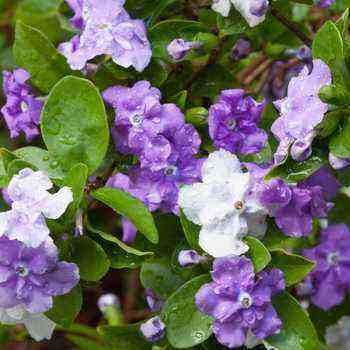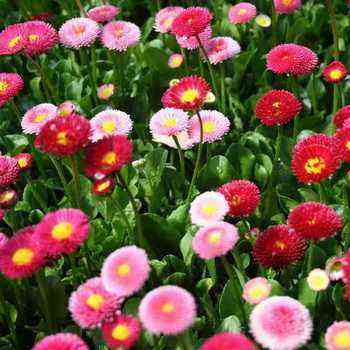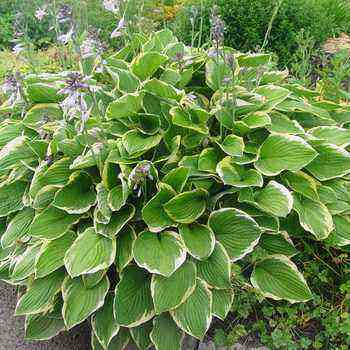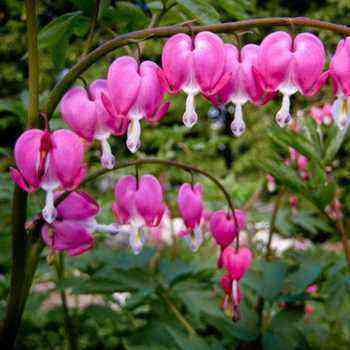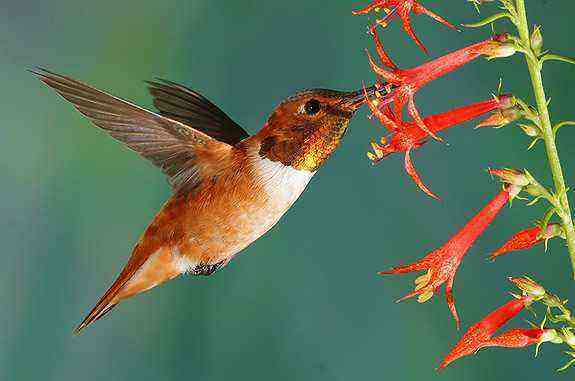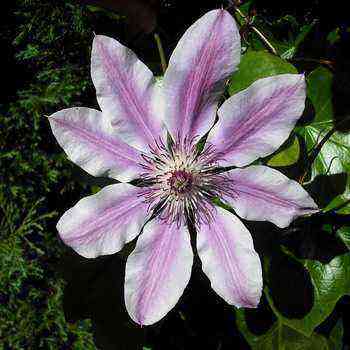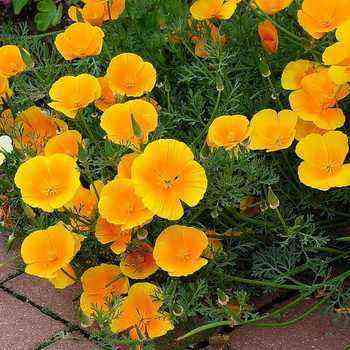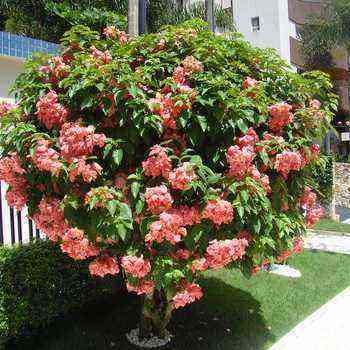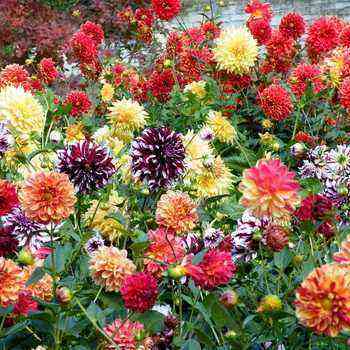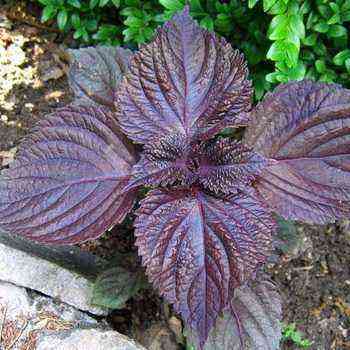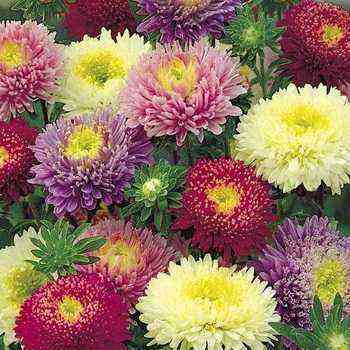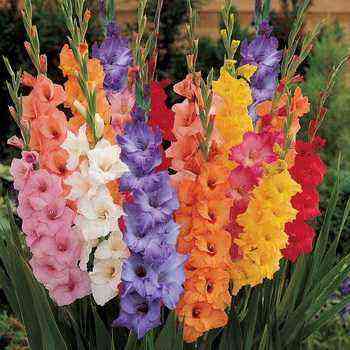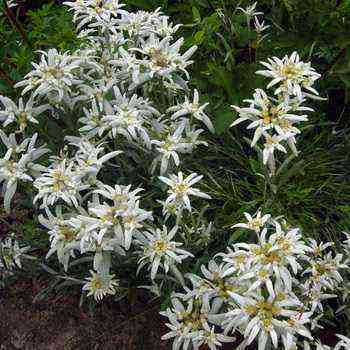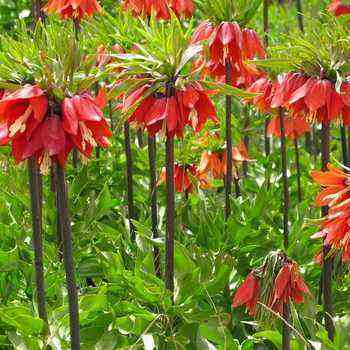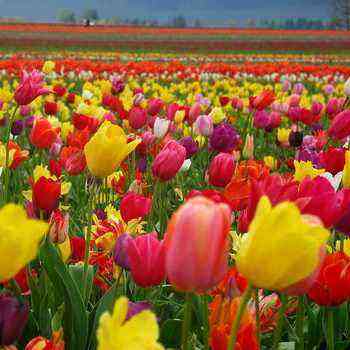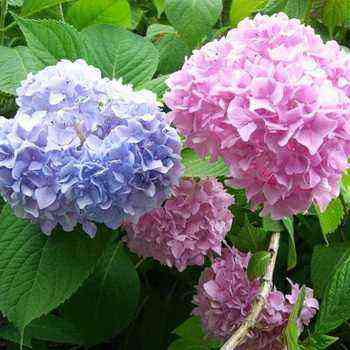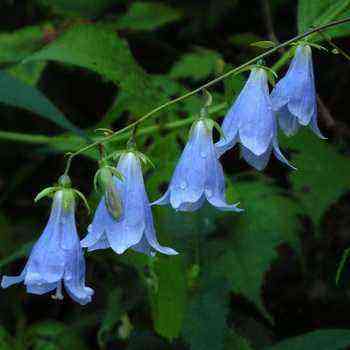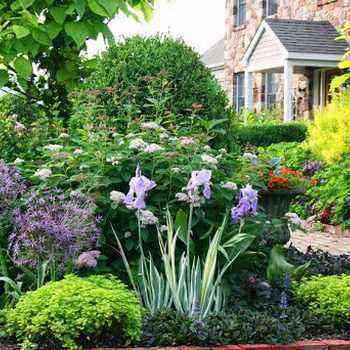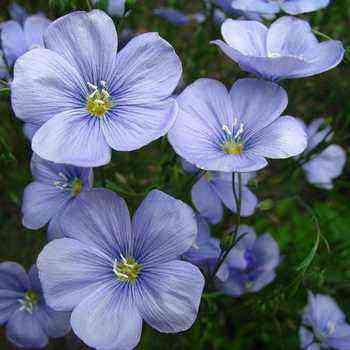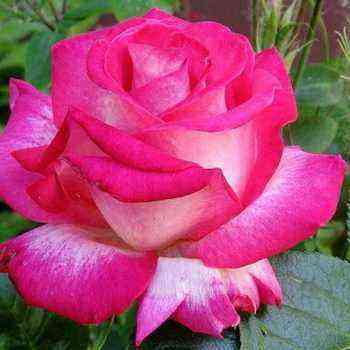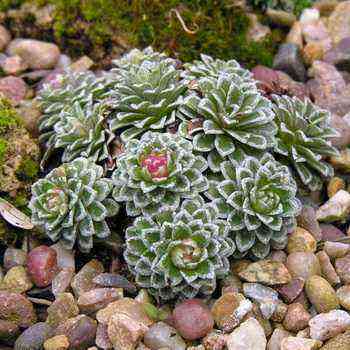Heuchera is a genus of herbaceous perennial plants of the Saxifrag family. All representatives are native to North America and have the popular names “handsome root” and “coral bells”. In one form or another, you can find Heuchera flowers on any continent – there are tiny varieties, for example, Snow Heuchera, and high heat lovers, for example Heuchera highs. The genus was named after Johann Heinrich von Heicher, a German botanist and professor of medicine in the 18th century. There are about 37 species, but it is still very difficult to systematize the genus, because species often integrate with each other, hybridize and flowers change markedly in proportion to their development. The garden variant of Heuchera, known as Coral Bells, has been hybridized with a myriad of other species.
Description of geyhera and her photo
There is a wide range of flower sizes, flower shapes and types, foliage varieties and geographic tolerances. We offer you a short description of heuchera and a photo of the plant in different stages of development. Heuchera grows in round mounds. They have a crown-shaped root stock at their base. It grows like a bunch of leaves, originating from the central crown just below, near the soil surface. They are prized as deciduous plants producing rosettes of leaves in shades of green, pink, and bronze, often variegated or textured with long dense white, green, pink, or red flowers in spring.
Leaves vary greatly in size and shape. But most of them are somewhat rounded, lobed and hairy, usually on petioles. Some have dark or shiny silvery foliage. Look at the photo of Heuchera in all the variety of their textures and shades: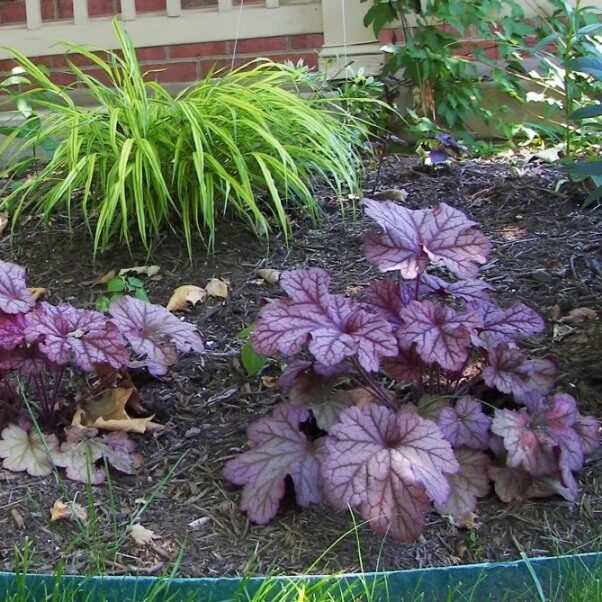
Heuchera flowers are small bell-shaped (size 0.4-0.5 mm) on high stems, radial, and can be bilateral. The portions of the cups are usually equal. They are usually white and clawed. The stems have an airy appearance and are good when cut. Most flowers are not as interesting as foliage, so they often remain in the background.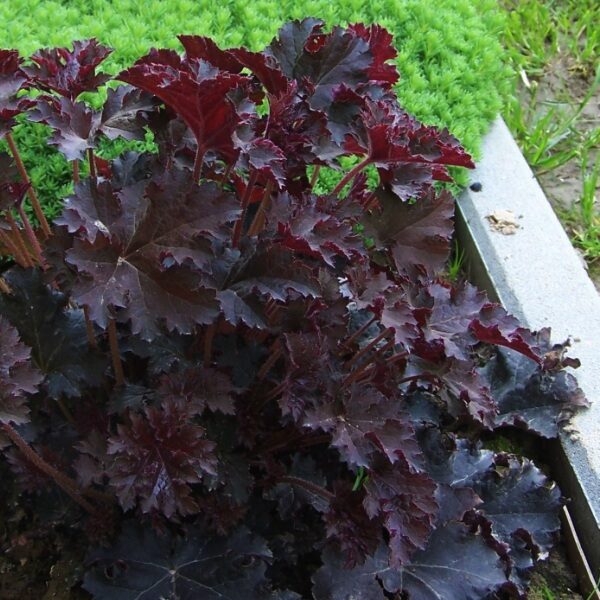
The inflorescence is racemose, and the bracts are usually scaly. The seeds are usually plentiful, but very small and dark brown in color. 0.7-0.8 mm in size. The fruit is in the form of a capsule.
Flowering begins when the peduncle reaches 16-60 centimeters in height on bare or short glandular legs. The next photo shows the flowers of Heuchera: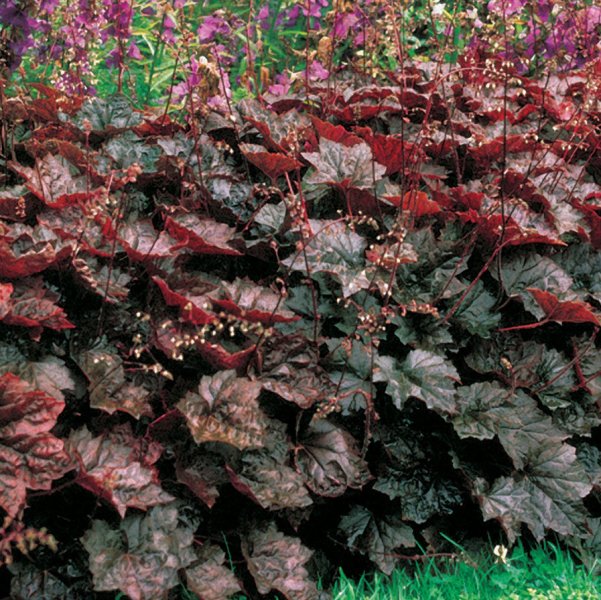
Geyhera care
The only drawback of Heuchera is its fragility. If a flower does not divide every 3-4 years, its crown becomes completely arboreal and ceases to produce decorative rosettes of leaves. Unlike Host or good wine, the flower does not get better from year to year. When organizing the care of Heuchera, it should be remembered that they like open, neutral soil with good drainage. Free air circulation is also very important, so open places in the open sun or in partial shade would be ideal.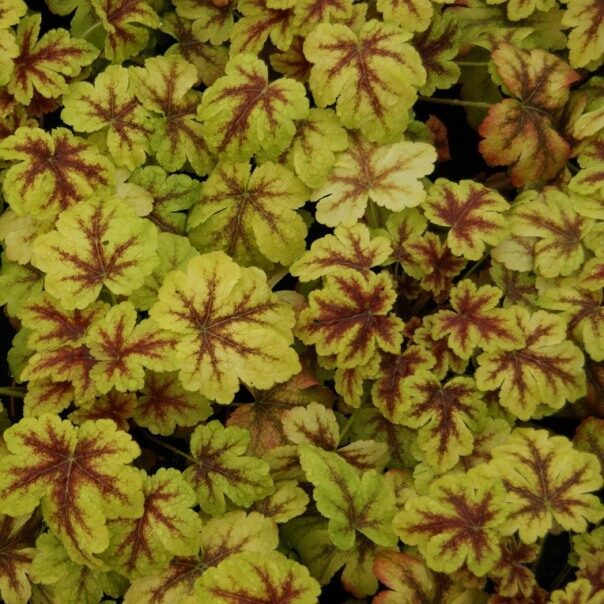
Northern gardeners have found that a layer of winter mulch helps protect the crowns of Heuchera during the cold weather at the end of the season. The hybrid flower has a wide variability to changes in temperature and heat / humidity. Eastern species tolerate higher temperature and humidity than Western ones. This should also be taken into account when organizing heychera care in your garden.
The plant is capable of tolerating high temperatures until the soil is completely dry. Heuchera prefers neutral acidic soil, while they will grow best in slightly acidic soil. It also does not tolerate heavy soil combined with winter moisture. It may be necessary to lift and replant the crown just above the soil.
Flowering period: late spring-early summer. In full sun, foliage can change color or die off during very hot periods in summer. Wild Alpine Heuchera and miniature forms such as Petites grow well in scree soil in rock gardens and remain small. Their graceful appearance matches perfectly with other Alfines. Petites grow well in the rich soil of the garden and are very different in appearance – they are taller and much lush and fit the front of the garden border.
Heuchera hybrids are grown as flowers and are best done in groups so they will bloom more efficiently. Larger leaf species are effective in small groups or even as single plants, but can also be used in larger plantings with leafy ferns or hosts. One of the flower’s strengths is that it is evergreen and retains its beautiful color even in winter.
Planting Heuchera and growing from seeds
Several options for planting Heuchera are possible – either by growing from seeds or by cuttings.
Growing heuchera from seeds is mainly used only for varieties (hybrids are propagated from the parent bush). Seeds are sprinkled on the soil surface in late autumn or early spring. Do not cover the seed as they need light to grow. Alternatively, you can keep them indoors for a while (about two months) before you plan to put them outdoors. Seed germination takes two to eight weeks. A transplant to fresh air is carried out after the danger of frost has passed. Growing heuchera from seeds takes a long period of time from the moment the plant is planted to the appearance of developed rosettes of leaves and flowering.
Heuchera bush appears above the soil level immediately after the threat of frost recedes. Water them well for the first year. In addition, watering should be no more than a slight release from heat or drained soil.
After flowering, the bush must be cut – this will allow the plant to bloom more vigorously next year. Once every three to five years, it is necessary to divide the heuchera, thus keeping it from extinction.
In cold and rainy seasons, the roots may be exposed. Mulching the soil prevents heuchera from freezing and thawing when grown from seeds and cuttings. Check the roots periodically to make sure they are not exposed to frost. Transplant the bush if possible.
Heuchera varieties
Currently, various types of Heuchera flowers are used for the decoration of gardens, parks and alleys. We offer you just some of the most popular varieties of Heuchera, which you can grow in your own garden without any special efforts and without special agronomic knowledge. Geyhera care will not be difficult even for a novice gardener, if the correct variety of flowers is initially selected.
Geichera red
The red Heuchera variety is also called coral bell. It is a herbaceous evergreen perennial plant that produces mounds of lumps 30-60 centimeters high and 30 centimeters wide. Leaves grow from the base of the bush on long petioles. They are rounded in small portions of 3-8 centimeters in length. Leaves are usually very attractive dark green with lighter green marbling. Small bright red flowers are found in inflorescences of loose panicles up to 15 centimeters high at the tip of thin stems that are much higher than the foliage. Flowering stems usually bear several small leaves. The individual flowers are only 13 mm long with bright red petals and red sepals that merge at their bases to form a bell surrounded by petals.
The blood-red variety Heuchera has flowers of a similar hue.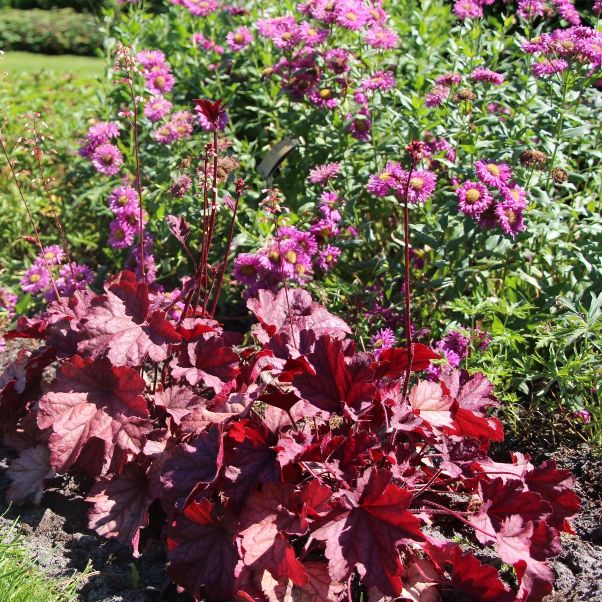
The original flowers of Heuchera red grow wild in the mountains of Southern Arizona and New Mexico and partially in neighboring Mexico. His favorite habitat is wet soil in a penumbra environment. But it also grows well in full sun. Coral wind chimes will benefit from regular watering and suffer greatly during dry seasons. He likes rich, moist, but still very well-drained soil that is not very acidic. In winter, at a temperature of minus 20, mulching must be carried out in order to reduce the tendency to freeze the ground and roots.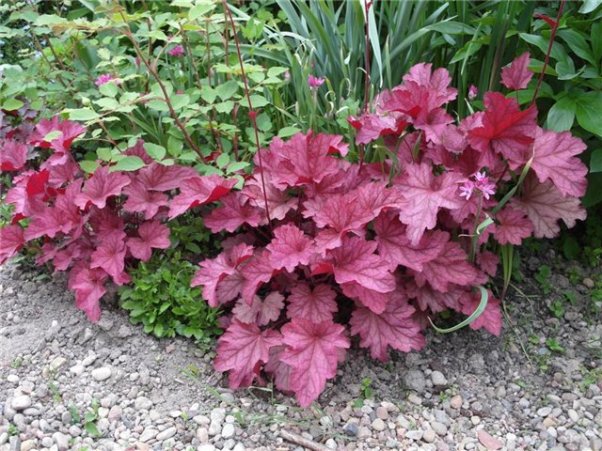
Various varieties of red Heuchera can multiply by dividing the bush in the spring or fall, about two to three times a year. The seeds can be planted in the spring, but the expected variety cannot be expected to grow. The easiest way to distribute Heuchera is still grafting, not planting seeds.
They can bloom for four or eight weeks, and sometimes longer if the flower stalks are removed in time. Used by the Indians for medicinal purposes.
Heuchera hybrid
Heuchera hybrid in appearance looks more like a blood-red one. But the size of the leaves and flowers is much larger. The shade of the petals can vary from white to red, although the arrangement on the peduncle is looser. The flowering of one of the hybrid varieties – the quaggle geykhera – lasts about two years, but the plant often breaks from gusts of wind.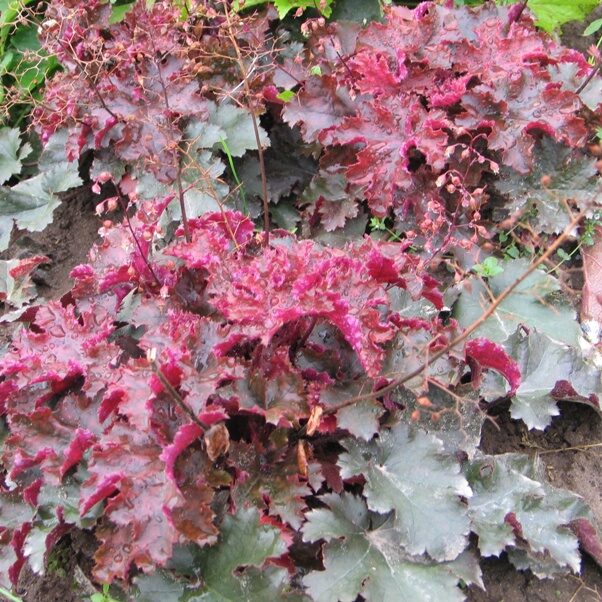
More complex hybrid varieties are obtained by crossing the American Heuchera with the Hairy Heuchera. This variety has very beautiful foliage, which is probably the finest in its family. The shape of the foliage can be any and vary depending on the specific species. The color is brown, purple and purple. This species has a very delicate flowering.
Geichera caramel
Heuchera caramel has a unique foliage color on a large, vigorous bush. Originating from southeastern North America, it blooms beautifully in summer heat and humid climates. It rarely blooms, since all the energy of the plant goes to the beautiful foliage.
The plant reaches 30 centimeters in height and about the same in width. It has unusual, honey-yellow leaves. The flowers are light pink.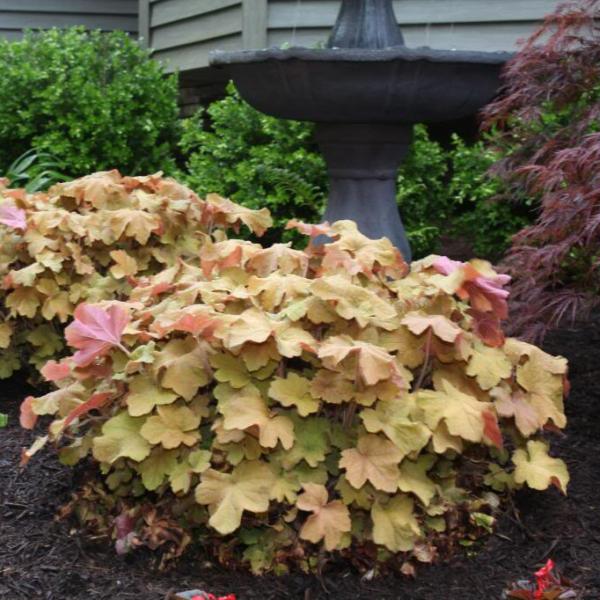
Heichera purple castle
Heuchera purple castle is a perennial plant with ivy-shaped leaves of dark purple color. Looks very nice in large quantities. Inflorescences are in the form of bell flowers. They look picturesque when cut. The stems have long white hairs that turn brown when dry.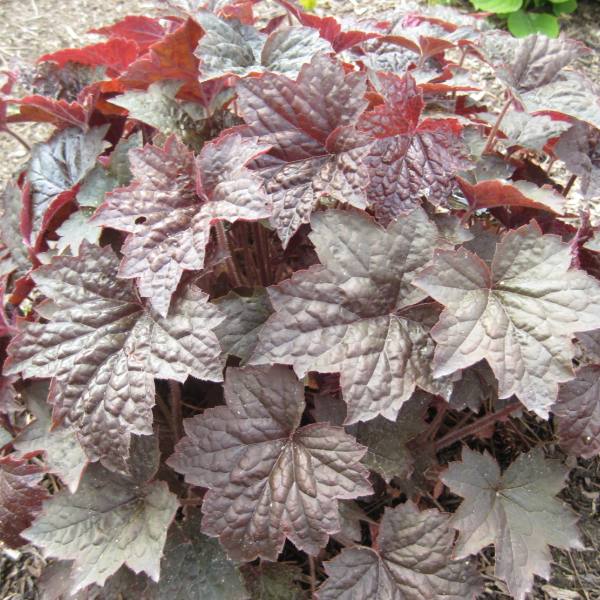
Spread from British Columbia to southern California
Geyhera cappuccino
Heuchera cappuccino is a more or less evergreen shrub with attractive, rounded, shallow, palmate-lobed bronze-colored leaves (purple underside) and tubular flowers in brush-shaped or small panicle-shaped inflorescences, often with red calyxes and white flowers in early summer.